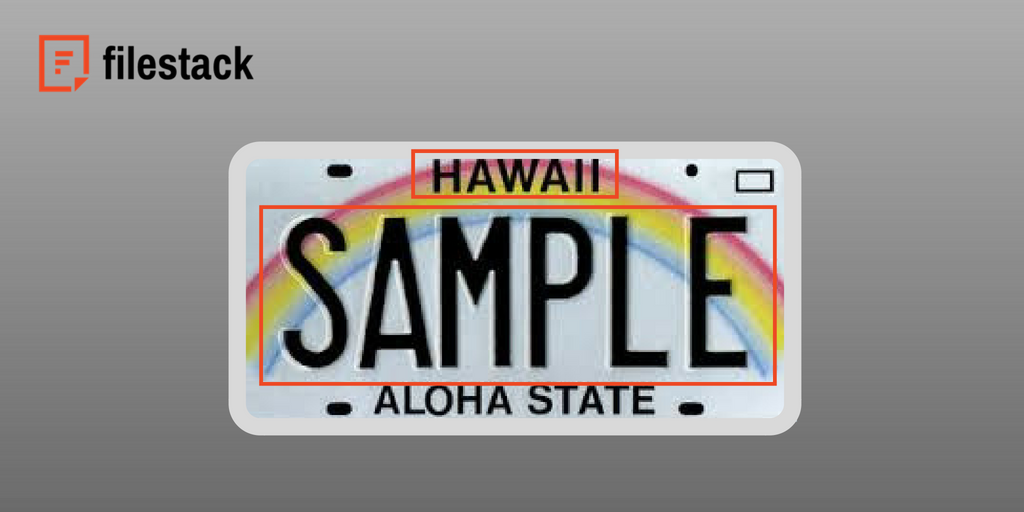The move towards full digitization of business, personal life and government includes a strong trend towards automating the workflow process. One way that workflow process automation can be brought into service is through using software that can detect objects and read characters for a wide range of industries. Toll lanes, vehicle registration, car maintenance, law enforcement: all these are areas that could be streamlined and improved through automation. But how do we get there from here? Here’s a quick overview to help get you started.
Using Object Detection for Reading License Plates
Machine learning is a large part of the automation process. It’s being used in OTC Daihen’s teaching robots for automated assembly line welding that will only stop welding when something is outside of the parameters. But even better, it will alert a human maintenance technician when the welder begins to have readings heading in the wrong direction, allowing for timely repairs or maintenance to be performed without stalling the assembly line. Experian is using it to train its systems with regards to what financial information is important and which should be disregarded, allowing it to speed up its operations without losing its accuracy.
One of the largest obstacles to automation and machine learning is image recognition. As a problem at least briefly patched by crowdsourcing sites such as Amazon’s MTurk, it has until recently remained a difficult to solve problem. However, recent innovations have lead to object detection, which allows a computer to determine what it’s looking at and locate the correct information in an image. This can lead to real-world solutions, such as reading license plates. But how much help is it to have a computer reading license plates? As it happens, a lot.
Where capturing a license plate makes sense
A law enforcement officer on patrol could have a dash cam hooked to a computer that checks license plates automatically. If it matches a license plate number to a vehicle owner with an outstanding warrant or a vehicle involved in a hit and run accident, it would alert the officer to the situation, allowing them to drastically increase the number of plates checked when compared to the traditional method used of calling in a plate number to dispatch and waiting on the information to be sent back to them.
What about a service shop? When a repeat customer pulls into line, the license plate is read and that customer’s file is pulled up, providing information to the clerk checking the vehicle in, such as the owner’s name and contact information. It could also include any particular quirks for that vehicle, such as a car that typically uses 5w30 oil but the owner’s heavy towing requires 10w40 oil. The clerk can then use the service information to upsell services or suggest scheduling the next maintenance visit based on the owner’s past habits and the condition of the vehicle.
But to make this happen, optical character recognition (OCR) technology needs to part of object detection software. The system needs to not only recognize that there is a vehicle in the picture, but also which part of the vehicle has the license plate and what the shapes on that plate translate to in terms of characters. Though OCR has been in use for many years, it’s typically been applied to flat documents that fill a specific area. Filestack’s OCR technology allows the system to adapt for changes in the environment depending on where the camera is mounted, its resolution and whether the license plate has been cleaned recently.
How to get started
By implementing object detection and OCR technology into businesses and organizations that regularly use license plates to identify assets, customers or other individuals, you can streamline your work process through automation. But what other areas could you streamline to continue the process and make your operation as efficient as possible? At Filestack, our job is looking for the advancements in image processing that help us deliver an engaging, efficient experience for their customers. Ready to see what we can do or need further information to make an informed decision? We’re always happy to help. Please reach out today to get started.
Filestack is a dynamic team dedicated to revolutionizing file uploads and management for web and mobile applications. Our user-friendly API seamlessly integrates with major cloud services, offering developers a reliable and efficient file handling experience.
